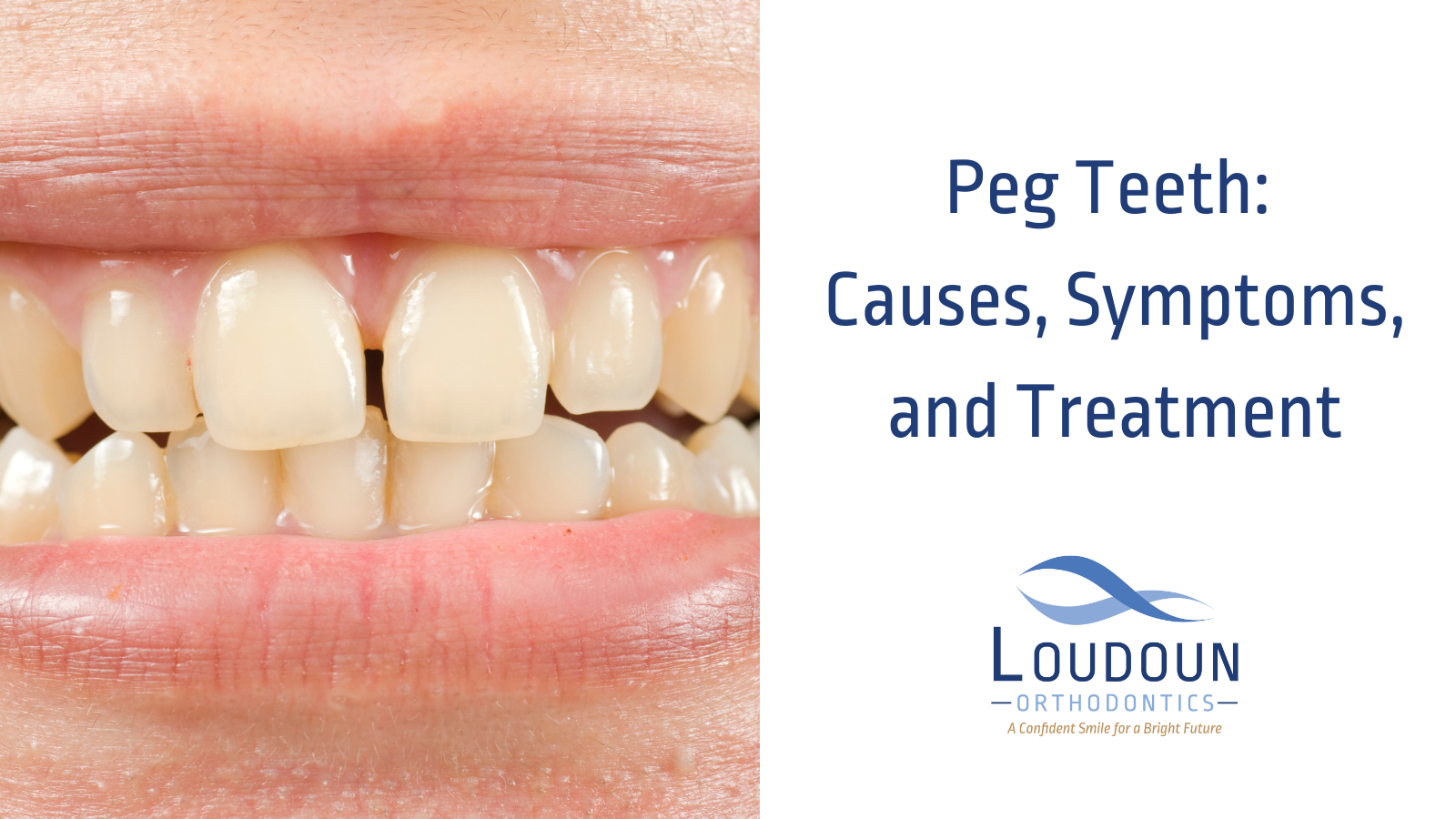An Unbiased View of Legacy Orthodontics
An Unbiased View of Legacy Orthodontics
Blog Article
The 7-Minute Rule for Legacy Orthodontics
Table of ContentsThe 3-Minute Rule for Legacy OrthodonticsFascination About Legacy OrthodonticsUnknown Facts About Legacy OrthodonticsExamine This Report on Legacy OrthodonticsSome Known Questions About Legacy Orthodontics.
In addition, we use adjustable therapy schedules, versatile payment choices and a fun, enjoyable experience.An orthodontist is a dental professional educated to identify, avoid, and deal with teeth and jaw irregularities. Orthodontists work with people of all ages, from kids to adults.
Malocclusion, or misaligned teeth, can lead to oral concerns, including dental caries, periodontal illness, and challenging or painful chewing. Yet not everyone is born with straight teeth. If you have a negative bite or big rooms between your teeth, you might wish to consult a dental practitioner specializing in orthodontic care.
The Only Guide for Legacy Orthodontics
( Picture Credit Score: DigitalVision/Getty Images) Orthodontists use fixed and removable oral gadgets, like braces, retainers, and bands, to transform the setting of teeth in your mouth. Orthodontic treatment is for oral problems, including: Uneven teethBite troubles, like an overbite or an underbiteCrowded teeth or teeth that are too far apartJaw misalignmentThe goal of orthodontic therapy is to boost your bite.
While you could assume of orthodontists as primarily for children or teenagers who require braces, they can remedy dental troubles at any type of age. Orthodontists attend university, oral school, and orthodontic college.
All orthodontists are dental practitioners, but not all dental experts are orthodontists. Orthodontic residency programs use extensive, concentrated direction for oral experts. They concentrate on two locations: Just how to correctly and safely move teeth Just how to correctly assist growth in the teeth, jaw, and faceOnce an orthodontist has finished training, they have the alternative to end up being board licensed.
10 Easy Facts About Legacy Orthodontics Shown
Imbalance, or malocclusion, is the most common reason individuals see an orthodontist. It is hereditary and is the result of size differences between the upper and reduced jaw or in between the jaw and teeth. Malocclusion causes tooth overcrowding, a twisted jaw, or uneven bite patterns. Malocclusion is generally treated with: Your orthodontist connects steel, ceramic, or plastic square bonds to your teeth.
If you have only minor malocclusion, you may have the ability to use clear braces, called aligners, instead of conventional braces (https://www.easel.ly/browserEasel/14512767). Some individuals require a headgear to help move teeth into line with pressure from outside the mouth. After dental braces or aligners, you'll require to put on a retainer. A retainer is a custom gadget that maintains your teeth in position.
They're most frequently made use of on kids. They can produce extra space in the mouth without needing to draw teeth. If you have a major underbite or overbite, you could need orthognathic surgical procedure (additionally called orthodontic surgical treatment) to lengthen or shorten your jaw. Orthodontists utilize cables, surgical screws, or plates to support your jaw bone.
You may require to see an orthodontist if you have: Crowding or not adequate room for all of your teethOverbite, when your top teeth come over your bottom teethUnderbite, when your base teeth are as well far forwardSpacing or concerns with gapsCrossbite, which is when your upper teeth fit behind your bottom teeth when your mouth is closedOpen bite or an upright gap his explanation in between your front base and upper teethMisplaced midline, when the center of your bottom and top teeth don't align Fixing a dental malocclusion can: Make attacking, eating, and speaking easierImprove the proportion of our face and your overall appearanceEase discomfort from temporomandibular joint problemsSeparate your teeth and make them much easier to clean up, helping protect against tooth decay or tooth cavities It's often a dentist who initially notices misaligned teeth during a regular test.
Legacy Orthodontics Can Be Fun For Anyone

Throughout your first orthodontic assessment, you'll likely have: A dental examPhotos taken of your face and smileDental X-raysPanoramic (360 degree) X-rays of your face and headImpressions to create molds of your teethThese examinations will certainly aid your orthodontist understand how to wage your treatment. orthodontics. An orthodontist is a dentist who's had training to treat your teeth and jaw
Orthodontists might do surgical procedure, exams,X-rays,and even more to assist you obtain a much more comfortable, much healthier smile. An orthodontist is focused on your bite, so something like a chipped tooth would certainly be dealt with by a dental expert. Orthodontists are dental practitioners however not all dental practitioners are orthodontists. Orthodontists are focused on your bite, or the means your teeth meshed, and the straightness of your teeth.
Ever before questioned exactly how celebs constantly appear to have completely lined up teeth? Orthodontists are oral specialists who focus on remedying abnormalities in the teeth and jaws.
5 Simple Techniques For Legacy Orthodontics

While braces are the most commonly recognized orthodontic treatment, orthodontists have a diverse toolkit at their disposal. The certain method selected depends on the extent of the case, the person's age, and private preferences. These reliable dental braces make use of a system of brackets bound to the teeth and connected by cables.
These removable trays are customized to progressively move the teeth's setting. In situations of slim jaws, palatal expanders can be made use of to create room for appropriate tooth alignment.
Report this page